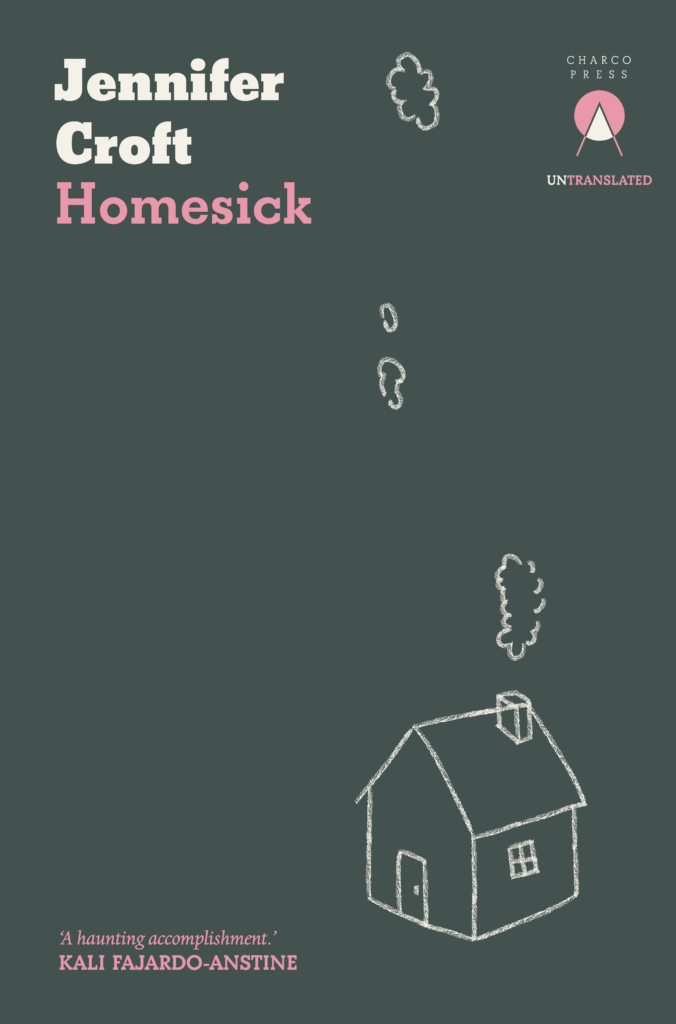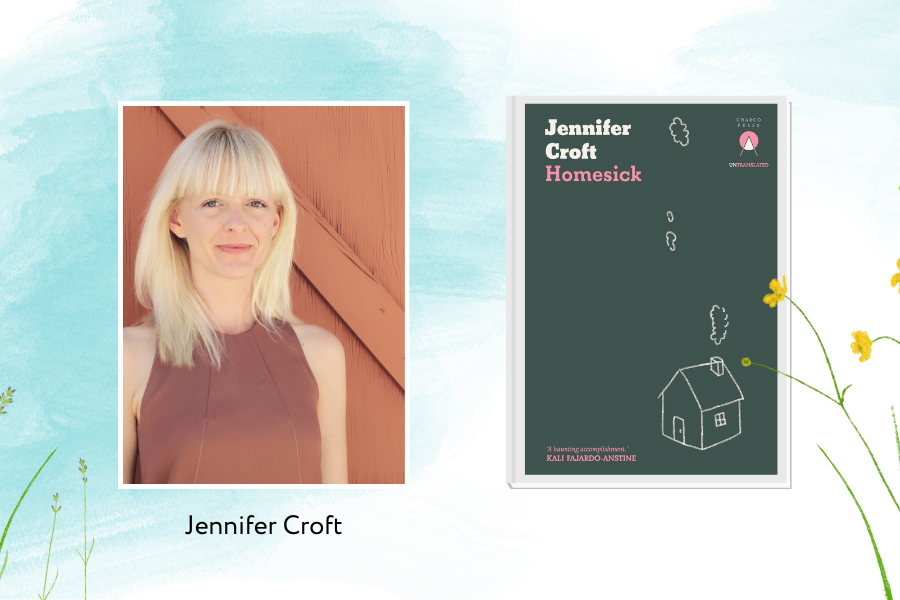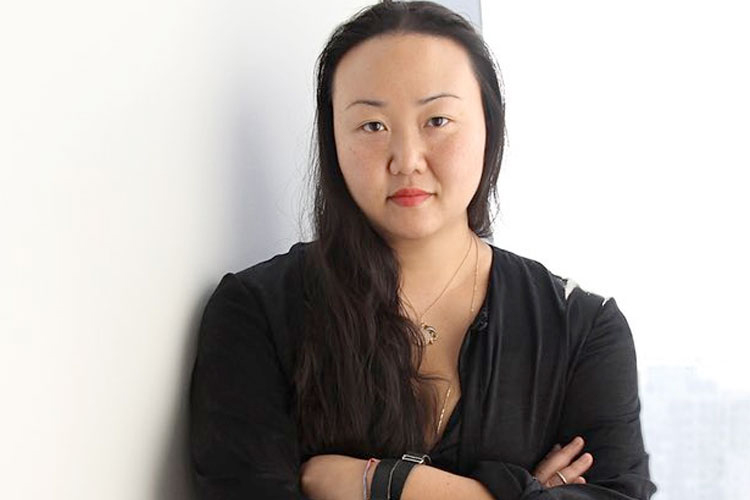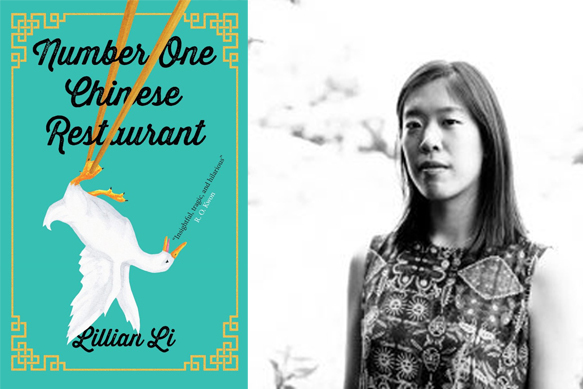Meet Jennifer Croft, author of the Women’s Prize 2023 longlisted novel Homesick. A novel which The New York Times called “a translator’s tribute to the lifesaving power of words.”
The premise of this book is powerful and unique, so what was the inspiration behind the novel? We grabbed a quick five minutes with each of the authors behind the longlisted books to ask that question and more…
Describe your novel in one sentence as if you were telling a friend.
Homesick is the story of a young girl’s struggle to understand the serious illnesses of those around her without shying away from her own health, intelligence, and curiosity about the world.
What inspired you to write Homesick?
I was living in Buenos Aires, Argentina when I wrote Homesick, hoping to become more fully integrated into the local literary community by writing a novel inspired by personal experience, following in the footsteps of Romina Paula, the first Argentine author I translated. It was also only by living very far away from where I grew up (Tulsa, Oklahoma) that I was able to see my hometown for the distinctive and interesting place it always really was.
Are there any locations that have a special connection for you or your book?
The majority of the book is set in Oklahoma. One of the happiest chapters takes place at the summer camp I attended as a child, Camp Waluhili, where I learned how to be a person in the wild–how to tie different knots, how to build a fire, how to recognize trees and birds. I absolutely loved all those things.

Which part of the book was the most fun to write? Which was the most challenging?
I loved writing the earliest chapters of the book about the sisters’ earliest childhood, partly because it was such a wonderfully engaging process to find the right language in both Spanish and English–to create a totally new form for myself since up until that point I had been working on a PhD dissertation, for the previous few years, in any case, and as many people know, there are few things less pleasant to read than PhD dissertations. My protagonist’s struggles to define the essential boundaries between herself and those close to her really come to a head when she is fifteen and sixteen, and those were harrowing chapters to write (and in certain cases, to relive).
Which of the characters from the book would you most like to spend a weekend away with and why?
The younger sister in the book is based on my real sister, Anne Marie. I’d always choose her to go on a weekend trip with. There’s no one who makes me laugh harder.
What first inspired you to write?
I became interested in stories as a form of travel at a very early age, after my family’s first big trip, which was to Prince Edward Island, Canada. I saw upon our return to Tulsa that I could recreate a big journey like that by inventing a character and setting them on their way. I was six years old at the time, so my first character was a butterfly called Sparkle, but I don’t think the basic nature of my interest in literature has actually changed.
What is the best piece of writing advice you have received?
I often think back to Jane Smiley’s essay “What Stories Teach Their Writers: The Purpose and Practice of Revision,” where she makes a lot of helpful points, but one in particular that sticks out in my memory is that if the ending of a story isn’t working yet, you can’t fix that by reworking the ending itself. You’ll only write a million different endings, none of which will be any better than the first. What you need to do instead is go back to the beginning of the story and listen to what it’s telling you it’s actually about. Only then will the ending fall into place.








